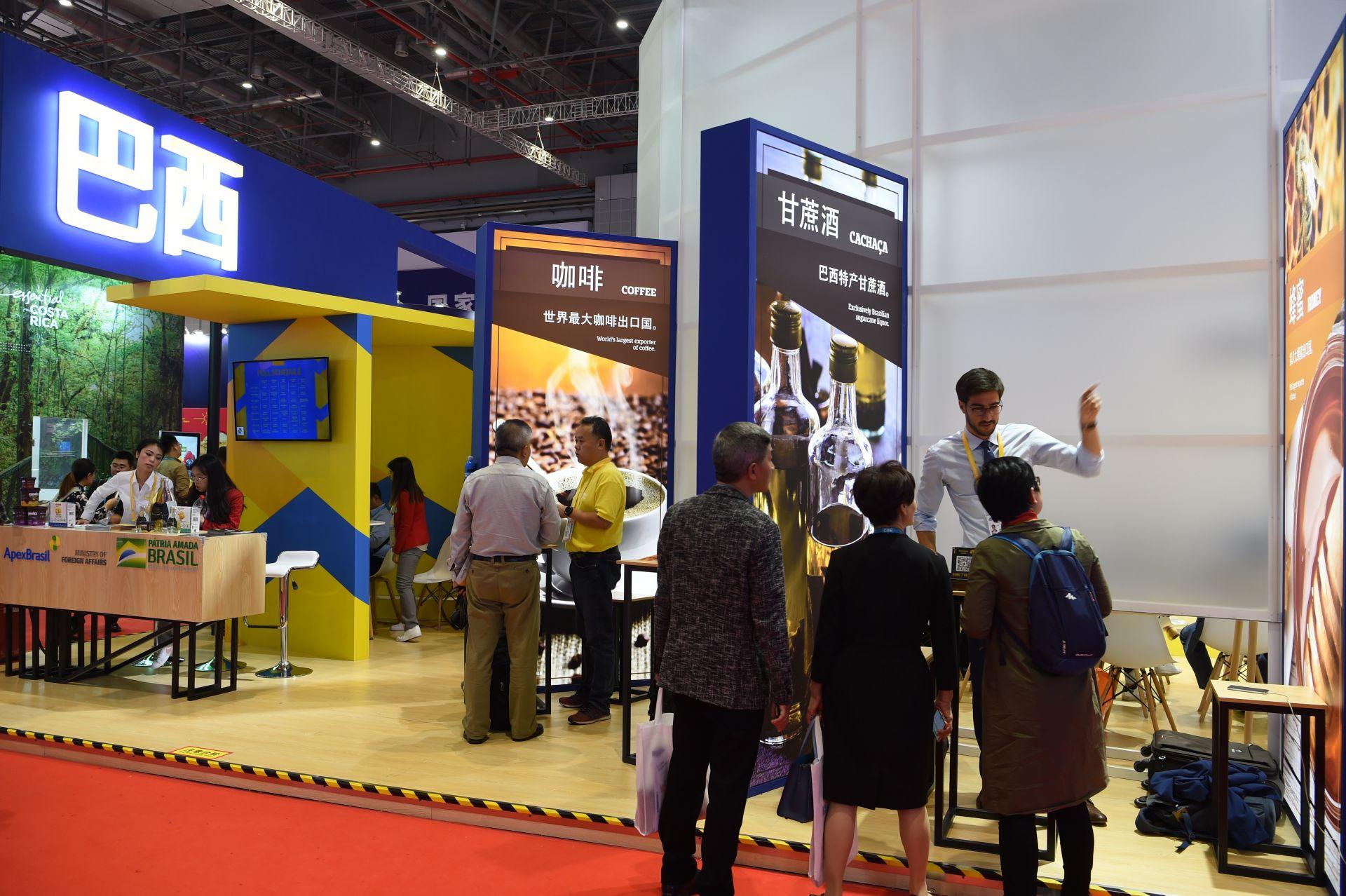by Xinhua writers Xi Yue, Chen Yao
BEIJING/SAO PAULO, Nov. 12 (Xinhua) -- Chinese traditions like cockfighting, kite-flying and fireworks have been quite common in Brazil for many years.
Despite the thousands of kilometers between them, China's historical and artistic mark on Brazil has existed for about 300 years, said Brazilian sinologist Jose Roberto Teixeira Leite in his book "China in Brazil."
"Influences or imprints from China can be detected from the colonial period, even up to the time after Brazil's independence," Teixeira said.
The commercial relationship between the two countries has existed for a long time, he noted, adding that incoming ships "would fill up Brazilian cities like Salvador, Rio de Janeiro and Recife with Chinese products like porcelain, silk and fans."
The sinologist also found Chinese influence "not only in the arts and architecture of Brazil," but also "in the most diverse sectors of Brazilian society, like the economy, medicine and popular culture."
"At the end of the 19th century, in Pernambuco (a state in northeastern Brazil), there was a custom that children slept with pajamas decorated with Chinese dragons," Teixeira added.
The book took him about 15 years to finish, during which he visited Rio de Janeiro, Sao Paulo, Campinas, Lisbon and Macao. When published in 1999, it drew great attention from the academic field.
"The impact of the book surprised me, though it was published by a university publisher and it had a print run of just 1,000 copies," he said. "Some have said that the book represents a turning point in Chinese studies in Brazil."
Besides, the sinologist did research on the imprint and presence of China in the architecture and arts of Brazil.
"It was through art that China awoke in me, first, curiosity, after that, interest, and finally, passion," Teixeira told Xinhua.
Also as an art critic, Teixeira finished his first work on the Asian country named "The India Companies and Chinese Porcelain Ordering" in 1986.
In that work, he studied the porcelain produced in factories in south China's Guangdong Province between the 16th and the early 19th centuries, during which some was transported to Brazil.
In 1992, the sinologist visited Macao to do research for his doctoral thesis about the marks and presence of China in Brazil, and that trip impressed him a lot.
In 2013, Teixeira had a chance to visit the Chinese cities of Beijing, Shenzhen and Shanghai, and got to know "the past and present of the great country culturally, as well as its incredible material development."
When talking about Brazilian President Jair Bolsonaro's recent state visit to China, during which Bolsonaro extended welcome to more Chinese tourists for visa-free travel to his country, Teixeira said this measure "will attract more businessmen and tourists to Brazil."
"And in this sense, (it) will contribute to better mutual knowledge between the two great nations," he added.




 A single purchase
A single purchase









